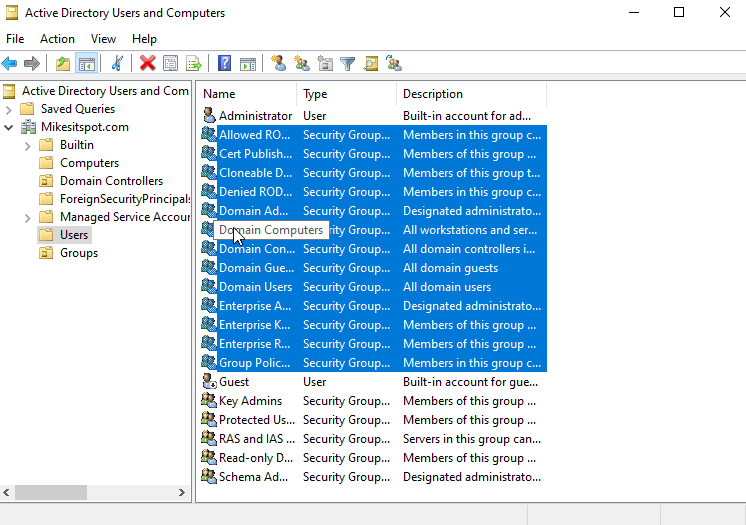Mastering Security with SIEM Tools: Best Practices and Benefits
In today's ever-evolving threat landscape, Security Information and Event Management (SIEM) tools have become indispensable for organizations seeking to safeguard their digital assets. This blog post will dive into the world of SIEM tools, exploring their benefits, and providing best practices to optimize your security strategy.
**Understanding SIEM Tools**
SIEM stands for Security Information and Event Management. These tools combine security information management (SIM) and security event management (SEM) to provide a comprehensive solution for monitoring, detecting, and responding to security threats and incidents.
**The Benefits of SIEM Tools**
Before we delve into best practices, let's examine the benefits of implementing SIEM tools:
- **Real-time Monitoring:** SIEM tools offer real-time monitoring of your network, enabling early threat detection and swift response.
- **Centralized Data:** They centralize security-related data from various sources, simplifying analysis and investigation.
- **Threat Detection:** SIEM tools use advanced analytics to identify suspicious patterns and potential security incidents.
- **Compliance:** They aid in compliance management by generating reports and alerts that align with industry regulations.
- **Incident Response:** SIEM tools enable effective incident response by providing insights into the scope and impact of security incidents.
**Best Practices for Utilizing SIEM Tools**
1. **Data Integration:**
- Integrate all relevant data sources, including firewalls, antivirus solutions, and authentication logs, to provide a holistic view of your network.
2. **Custom Alerts:**
- Create custom alerts to notify your security team of specific, potentially harmful activities.
3. **Incident Response Plan:**
- Develop and regularly update an incident response plan to facilitate the swift resolution of security incidents.
4. **User and Entity Behavior Analytics (UEBA):**
- Leverage UEBA capabilities within your SIEM tool to detect abnormal user and entity behavior.
5. **Regular Tuning:**
- Regularly review and adjust SIEM configurations to reduce false positives and improve the accuracy of threat detection.
6. **Log Retention Policies:**
- Implement log retention policies to comply with regulations and ensure historical data is available for investigation.
7. **Security Training:**
- Provide cybersecurity training to your team, ensuring they are equipped to make informed decisions based on SIEM data.
8. **Threat Intelligence Feeds:**
- Integrate threat intelligence feeds to stay updated on emerging threats and vulnerabilities.
9. **Automation:**
- Automate responses to well-defined security incidents, reducing response time and human error.
10. **Regular Reports:**
- Generate and review regular reports to assess the overall security posture and identify areas for improvement.
11. **Data Encryption:**
- Encrypt sensitive data within the SIEM system and during transmission to protect it from unauthorized access.
**Conclusion**
SIEM tools are the frontline defenders of your organization's digital assets. By following these best practices and leveraging the full potential of SIEM tools, you can enhance your security posture, respond to incidents effectively, and stay ahead of emerging threats. In a world where security is paramount, embracing SIEM tools is your key to fortifying your organization's defenses. Start optimizing your security strategy with SIEM today and watch your digital assets remain safe and secure.

Comments
Post a Comment